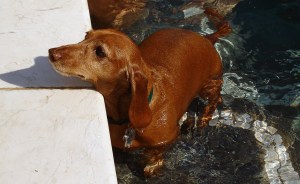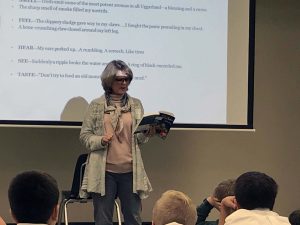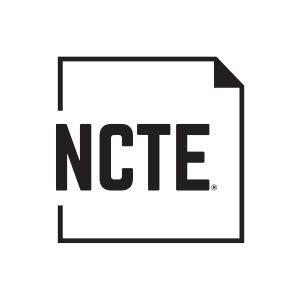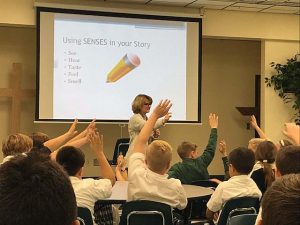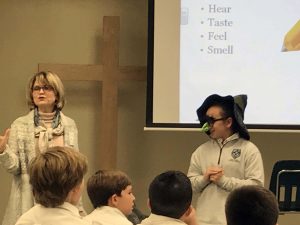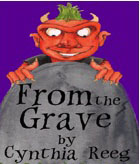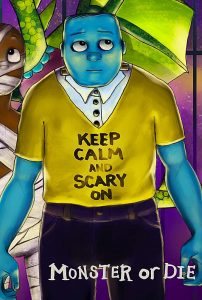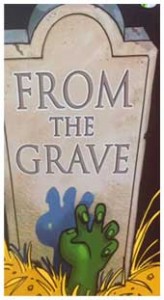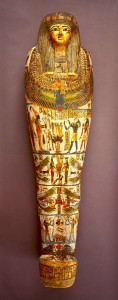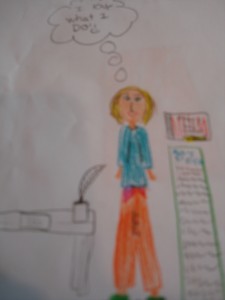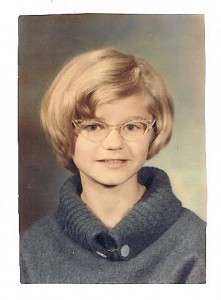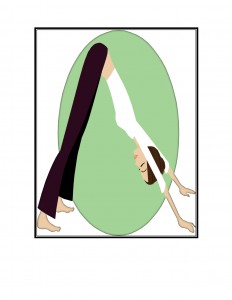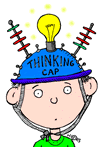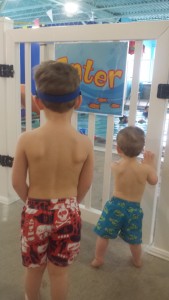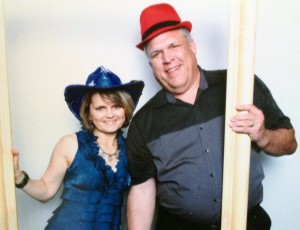If you, or someone you know, is looking for a summer activity, why not try writing a story. When I visit schools, I’m always amazed at the students’ creativity. They invent some of the most fun, unusual, and truly interesting characters. I just help them along a bit with some suggestions.
How can you get started with a story? One good way is to get to know your main character. Take a peek at these pages on my website to help you.
Character Description
A girl
A boy
When you flesh out your character, more than likely you’ll discover what her problem is. You’ll know which characters will help and which will stand in her way.
The biggest improvement needed in the student stories I review is usually dialog. Too often students’ stories have little or no dialog, yet dialog is one of the easiest (and I think) most fun ways to reveal the characters in your story. Here is an example of boring dialog:
“Hi! How are you?”
“Fine. How are you?”
“Ok, I guess.”
This is chit-chat. Readers want more than chit-chat. They want interesting, quirky, humorous, adventurous, tension-filled dialog to emphasize what’s happening in the story. Dialog which shows how the characters react.
Here is a better example of dialog:
“Come over quick,” cried Angela into the phone. “Mosby has escaped again. I don’t know how long he’s been free.”
“Not again,” said Ginger with a huff. “I thought you fixed the holes in the fence.”
“I thought I did too, but he must have found a new way out.”
“He’s a dachshund magician,” said Ginger with a sigh. “Ok, I’ll come help…again.”
“Hurry! We’ll need to scout the neighborhood. He’s so little. A car will never be able to see him until it’s too late.” Angela jammed the phone in her pocket and shot out the front door.
Just from this short conversation what did we discover about Angela?
*She has a dog–a dachshund–who escapes quite often from her backyard.
*She sounds like she is very concerned about him getting hurt.
*She’s enlisting the help of her friend, Ginger, who has helped her numerous times in the past.
What do we know about Ginger?
*Although she’s Angela’s friend/neighbor, she’s not exactly eager to help find the lost dog.
*Even though she seems a bit upset at Angela for letting her dog escape again, she does agree to come help. We assume she must be a pretty reliable friend.
*She sees a bit of humor in the situation, when she calls the dog a “magician.”
Now suppose Angela and Ginger encounter the boy character from the character studies as they search for Mosby.
*How will he react to them? You should know if you’ve fleshed out his character.
*What is his name?
*How will he talk?
*Will he be helpful or rude?
*What secrets does he have?
* Will his secrets impact Angela or Ginger or even Mosby?
Give it a try. Then you can finish the dialog below:
“Hey,” yelled Angela. She waved her arm at a lanky boy ahead. He was walking a pudgy brown dog. “Have you seen a miniature dachshund?”
